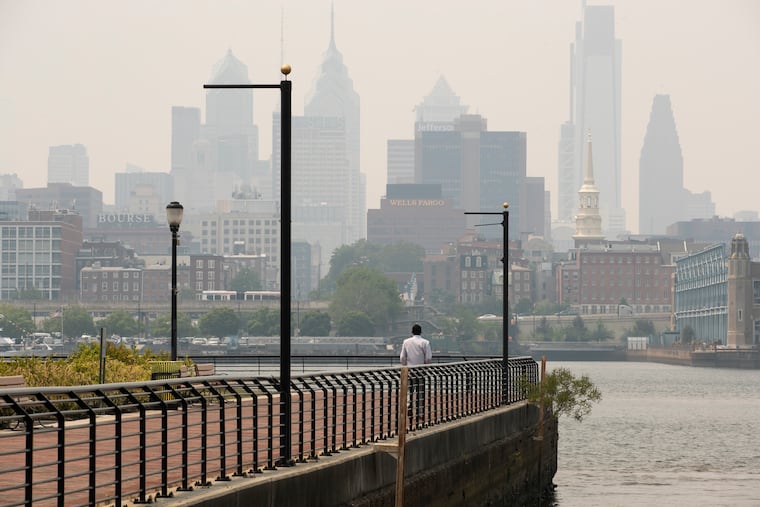Philly’s air quality hovered in the ‘unhealthy’ range often in the 1980s
According to Philadelphia Department of Public Health records, in 1980 nearly every other day saw the air quality index hover into the same “unhealthy” range seen Tuesday and Wednesday.
